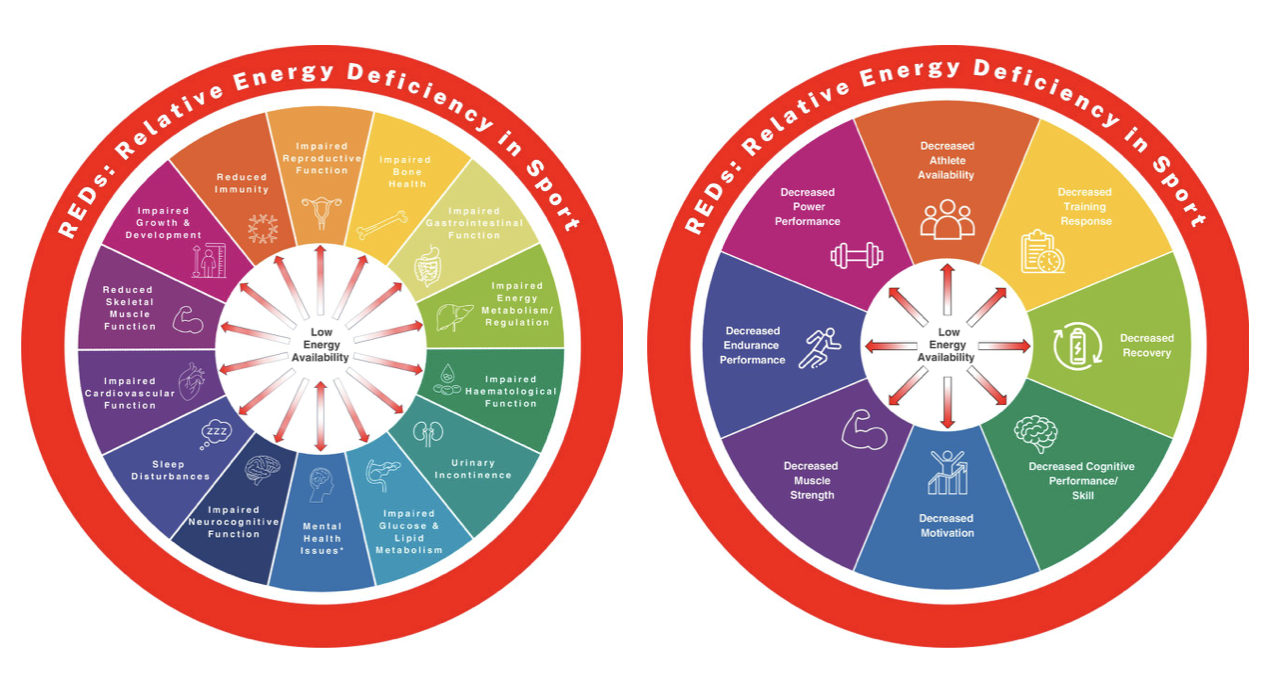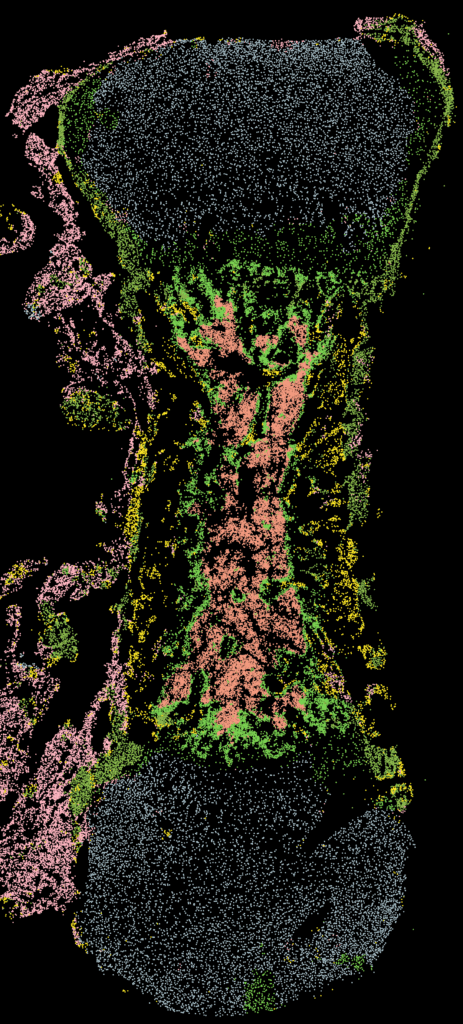2023 International Olympic Committee consensus statement on REDs
The International Olympic Committee (IOC) has published a 2023 consensus statement on relative energy deficiency in sports (REDs), featuring the contributions of several researchers from the Wu Tsai Human Performance Alliance. Among the committee members were Margo Mountjoy, Kathryn Ackerman, Louise Burke, Trent Stellingwerff, and Ida Heikura.
The consensus statement introduces an updated set of Conceptual Models that provide a new perspective on low energy availability (LEA). Specifically, the models emphasize that LEA exists on a spectrum that ranges from adaptable to problematic. If athletes spend too long or are too severely exposed to the problematic range – meaning they don’t get enough energy – REDs becomes a concern. Adaptable LEA is mild and/or transient, with benign effects, meaning their brief bout of low energy is unlikely harmful.

Significant scientific advancements since the 2018 REDs consensus statement include:
- Recognizing the additive impact of low carbohydrate availability alongside LEA in REDs development.
- Overlapping symptoms between REDs and overtraining syndrome.
- Time-course of biomarker responses to problematic LEA in the development of REDs.
- Mental health associations of REDs.
- Progress in knowledge regarding REDs in male athletes.
- Specific insights into REDs among para athletes.
Beyond summarizing recent findings in the field, the consensus statement also introduces a new REDs Physiological Model template, describes a validated REDs Clinical Assessment Tool-Version 2 (IOC REDs CAT2), and provides practical clinical and methodological research guidelines to promote athlete health and well-being.

Reproduced from Mountjoy M, Ackerman KE, Bailey DM, et al 2023 International Olympic Committee’s (IOC) consensus statement on Relative Energy Deficiency in Sport (REDs). British Journal of Sports Medicine 2023;57:1073-1097 with permission from BMJ Publishing Group Ltd.
Read the full consensus statement published in the British Journal of Sports Medicine
Read the full IOC REDs Special Edition with editorials and reviews
Media Coverage: BJSM Podcasts, Olympics.com
First image credit: Adobe Stock Free Collection
Latest News

May 29, 2025
Is exercise before sleep linked with poorer sleep?

May 23, 2025
Skeletal stem cells key to stronger bones, better healing

March 13, 2025
Wu Tsai Human Performance Alliance Research Round-Up – March 2025
Get Engaged
Join our mailing list to receive the latest information and updates on the Wu Tsai Human Performance Alliance.
